Banks have started to shift towards digital financial solutions during the last decade, providing their consumers with 24-hour access to banking services via digital banking and mobile banking apps or mobile wallet. This deeper penetration of digital financial services has allowed customers to check their bank statements and balances on a smartphone with a mobile banking or mobile wallet app installed. Customer experience is further detailed today with the access to deeper financial data leading to hyper-personalization.
A customer might see some notifications about the latest updates on their favorite OTT platform based on what they've previously viewed, notifications on promoted deals by their desired e-commerce portal. Such insights bring more information about the customers helping deliver extremely personalized digital experiences that are suited to their requirements and the banking sector.
The shift towards viewing every customer engagement regardless of who initiates it, as a chance to grow and enhance customer relationships through personalization begins with recognizing the gaps and developing a vision surrounding those gaps. Once this vision is developed, it requires managerial commitment and support to become a reality.
Interestingly, the digital banking tech transformation is now enabling hyper-personalization and driving it to the forefront of the banking industry. As per the recent Deloitte report on the future of retail banking, 51% of the customers expect their bank to assess their requirements and offer meaningful recommendations before contacting them directly. In a foreseeable future, personalization will be enabled through technology to enhance customer experience on a massive scale.
The Hyper-Personalization Scenario in Banking Industry
Hyper-personalization uses real-time data to offer next-level customer experiences, services, and pricing which are tailored according to their current and future expectations, as well as their latent requirements. Artificial Intelligence (AI) is used to generate these insights through behavioral and data science. Banks and fintech companies are looking at a potentially trillion-dollar digitalization opportunity. The younger generations who would grow financially proactive in the coming years are the prospective customers. Omni-channel hyper-personalization enabled by AI and data is used to augment or streamline existing processes and contribute significantly to a company's offering, as well as optimize bank-customer communication and the broader customer engagement.
Personalization in banking isn't only about delivering the next ideal service; but also, about leveraging data and analytics to identify consumer demands, which may be a product, service, or guidance, and then providing it to customers during relevant engagement with the bank. Likewise, following the personalization strategy in real-time, or ‘hyper-personalization’, can help to develop or enhance existing customer relationships while also increasing trust. In the current banking landscape, the marketing offers are largely mass mailer-based campaigns promoting credit cards, investment accounts, and other financial services. However, banks now have the chance to focus on hyper-personalized and targeted individualized service offerings for their customers, depending on their customer engagements.
The Open Banking Route to Hyper-Personalization
Open Banking is the most realistic facilitator of hyper-personalization providing banks with fresh data, particularly if customers accept a bank's control of their entire finances. This data can be analyzed with AI to generate insights into a customer-specific case, and then utilized to design a personalized offering with cost, conditions, restrictions, and bonuses specific to that consumer. In the modern age of heavy financial services like mortgages, a relationship manager might well be involved in discussing the options and providing recommendations - a hybrid digital-human approach.
Customers will realize that in exchange for making their account details transparent, the bank may deliver a range of extremely personalized offerings that could be a better option than an off-the-peg offering.
Hyper-Personalization and Fintech Expansion
Customers are offered loan services based on the parameters that have been set for them. Banks rely heavily on product attributes to acquire new consumers contesting on grounds of approval time, interest rates, and amortization duration. Customers' needs, on the other hand, are constantly changing, making it tough to keep up:
- The growing competitive environment squeezing product margins, and customer retention not helping in this situation.
- Customers are becoming savvier and product attribute recommendations are no more effective to acquire a new customer.
- Customers analyze different product attributes, and their behavior becomes increasingly unpredictable.
Due to the atomization of customers' issues, banks are now being compelled to drastically reconsider their value offer. No solution is more successful than a solution that satisfies a customer's needs while also seeking to obtain their loyalty. The adoption of hyper-personalization to offer a loan is a current practice:
- It's much easier for a customer to understand a value proposition relying on a custom-made rationale for using the product than it is to market the product's attributes.
- Customers using automated hyper-personalization services will be provided with suggestions and guidance through online banking and digital banking apps to help them reach the desired product or service.
This level of customization is merely the beginning. Banks have already started to join hands with fintech companies in addition to personalizing their core offerings. These fintech companies will have access to a customer's financial ecosystem and will thus be able to provide services that are tailored to the customer's specific needs. In exchange, the bank receives a cut of the profits made by fintech companies.
Optimize Hyper-Personalization with Panamax’s Next-Gen Fintech Solutions
Although the transition from mass segmentation to hyper-personalization will be difficult, banks must be prepared to meet the challenge. While customers are expecting some amount of personalization from banks, hyper-personalized finance experiences can contribute to higher customer satisfaction and retention, fraud protection, and improved decision-making. Fintech collaborations and an omni-channel digital banking approach can help banks create truly hyper-personalized customer experiences.
Panamax has designed and developed highly innovative financial solutions to take advantage of the explosive rise of mobile technology. Banks, financial institutions, merchants, telecom operators, service providers, and many others can benefit from our fraud-resistant and scalable systems, which are built to automate numerous financial and banking operations. We provide all-encompassing Digital Financial Solutions which include a Banking Suite featuring Core Banking System, Agency Banking, Omni-Channel Banking, Mobile and Internet Banking, and WhatsApp Banking services along with our flagship fintech solution MobiFin Elite.
Related Blogs
Digital Banking: Enabling Growth in the New Normal
Role of APIs in Fintech: A Disruptor in Making


















